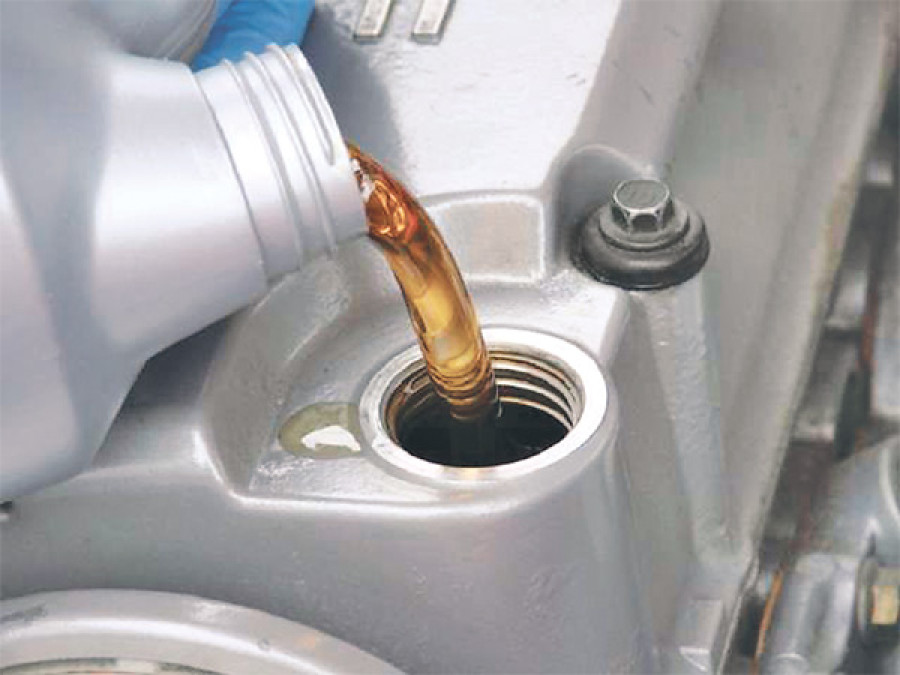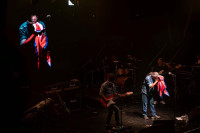Entertainment
Know your bike better
Many of us are primarily concerned with how our bikes look, but there is a lot more to a bike than just that
Ankit Tuladhar
Let’s go through the basic things you should know when you get a new motorbike:
1) Very similar to an iTunes Terms and Conditions document, the service manual of a bike is a very important but largely ignored possession of a bike owner. Most of us don’t bother to go through it, but the service manual contains all the basic information about your bike, such as the technical components, ways in which you can maintain them, and so forth.
2) The recommended type of break-in is another important thing every bike owner should know. A break-in is how you introduce your new bike to the roads. Of course, not breaking-in your motorbike will not cause an immediate engine failure but in the long run, you will see a significant difference in how your bike performs. The break-in period is the first number of kms you ride on your new bike.How you break-in will depend on the type of bike you own: different manufacturers recommend different ways of breaking-in a new engine. Some recommend riding it within a given rpm (revolutions per minute) and speed limit; some recommend you to play with the gears and the rpm but within a specified speed limit. However, almost all manufacturers insist that you don’t allow anyone to ride pillion during the break-in period, since it stresses the engine.
Once you have the basics of how to deal with a new motorbike covered, how you maintain it is another challenge on its own. Here are some tips on how to keep your bike in good shape:
1) Service your bike within the mentioned period. The service manual is written by mechanics who build your bike, so they are quite knowledgeable about your product.
If the service manual recommends, for example, that you service your bike every 1000-1200 kms, try to do so since this is the suggested optimum time for your bike in order to maintain its prime form.
If possible, attend to your bike while it is being serviced so that you have a basic idea of what to do and what not to do. Just in case you are stranded somewhere without a mechanic in sight and a dysfunctional bike, you’ll be able to figure your way out.
2) Clean your air filter every 500 kms: this is applicable especially for bike owners in Nepal, since the air filter is clogged up by the countless number of dust particles around the city and outside. The different indicators of a clogged air filter are: a discernible loss in power, abrupt throttle, and so forth.
3) Petroleum products in Nepal aren’t exactly the best: often you will find fuel mixed in with water and debris. Hence it is recommended for the Nepali rider to clean your spark plugs and carburettors/FI more frequently than in the recommended interval. Also remember to never ride your bike to the last drop of fuel; always re-fuel as soon as your bike starts switches to reserve sinceusing up the reserve will result in debris being sucked into the carburettor, causing clogs. Some of the indicators of dirty spark plugs and carburettor/FI are: loss in power, abrupt power delivery, starting problems, and misfiring.
If possible, use a fuel filter every time you refuel. It removes the debris and the mixtures present in the fuel.
4) Always ride in the full clutch set up, in which the bike moves only after you fully release the clutch. Using a half clutch will grind your gears and tear your clutch soon.Indicators of a burnt clutch are:a drastic loss in power, burnt smell, overheating, etc. Also, always remember to check your clutch cable; a snapped clutch cable is a very common problem amidst bikers. An indicator of a clutch cable on the verge of snapping is the difficulty in shifting gears,especially into neutral. Make sure you keep the cable lubricated.
5) Always use the recommended engine oil—different engines require engine oils of varying viscosity. For example, some require 20w50 engine oil while others run on 10w40.
Study your bike, always maintain its shape—this will save you from a lot of trouble in the future. Treat your bike like family and it will treat you back good.
Happy riding, folks!




 7.47°C Kathmandu
7.47°C Kathmandu










